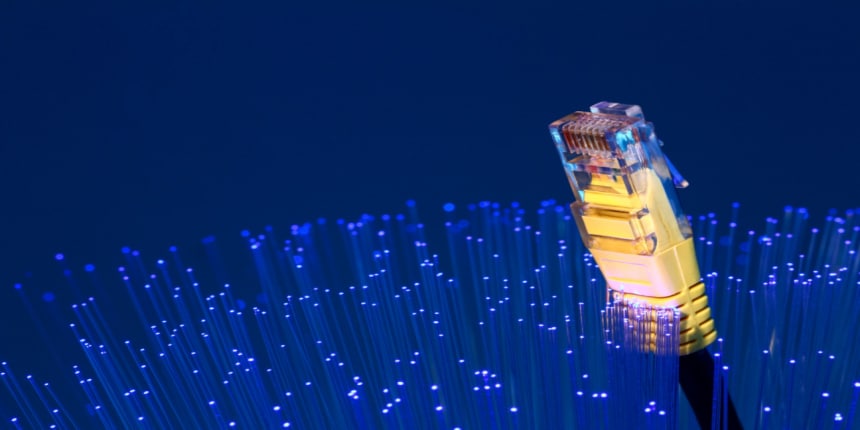FTTP Full Form
What is Full Form of FTTP?
"Fiber To The Premises" is the full name of FTTP. "Fiber to the X" is another name for FTTP. An optic cable flows straight to a user or group of users in this fiber-optic communication delivery method. Internet services from an Internet Service Provider are delivered straight to the receiver using this innovative technology. Additionally, it operates far more quickly than any dial-up connection or coaxial cable Internet. Utilizing fiber-optic cables and related devices, FTTP is delivered across an optical distribution network. A central office is used to deliver an optical signal across an optical distribution network (ODN). At the network's termination, optical network terminals (ONTs) take in the optical signals and transform them into electrical signals.

FTTP Characteristics
The fiber boosts Internet transmission speed and the caliber of broadband services.
Compared to copper cables, the transmission cables used for transmission transport more data.
With fibers carrying signals to the final mile, FTTP is effective over long distances.
Variety Of FTTP
FTTP is divided into two major groups based on the distribution network:
Direct fiber: Each fiber that leaves the central office and travels to each customer has high bandwidth. Although, due to the high cost of the central office equipment and the fibre used, this network is primarily employed in local service regions.
Shared fiber - As the fiber leaves the central office, it separates into fibers individual to each customer as it approaches the receivers' ends.
Advantages Of FTTP
The internet's speed is rapid.
For households, FTTP gives more bandwidth.
It is simpler to maintain because it is less vulnerable to extreme weather.
Heat and electromagnetic radiation are not able to penetrate FTTP.
ISPs can keep an eye on FTTP's performance and fix any issues before they affect the client.
Customers can remotely personalize their permanent or temporary services.
It provides a range of services at extremely reasonable costs. Greater security and dependability than other Internet providers.
Issues With FTTP
The services are not economically viable.
In the lack of electricity, AON (Active Optical Network) is ineffective.
Installing it is not simple.
The execution took longer than normal.
FTTP Internet connectivity could change during business hours.